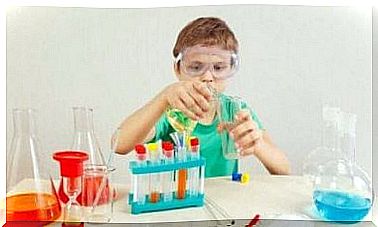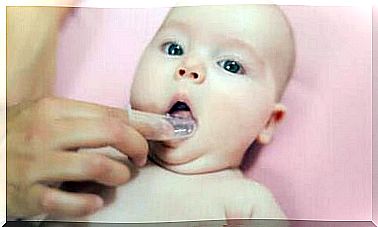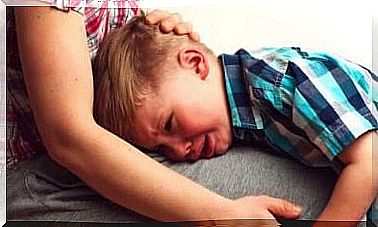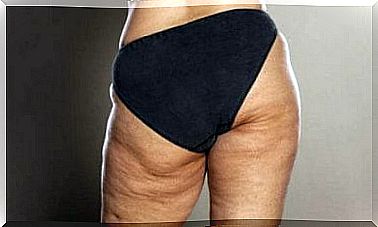What Does The Stage Of Labor Consist Of?
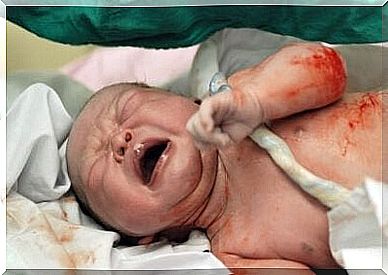
Pregnancy, delivery and eventual birth are periods and moments when very important changes occur. Pregnancy, delivery and eventual birth are periods and moments when very important changes occur. The stage of labor begins with the birth of the baby and continues until the birth of the placenta and amniotic membrane.
This natural process helps your body recover. It also involves a lifestyle change for you and your entire family – a change that you must gradually grow into.
The final stage of labor is when the uterus contracts and the placenta is born. This process can take up to 30 minutes and sometimes longer.
In some cases, the doctor assisting the delivery massages the top of the uterus to help expel the placenta.
According to the Practical Guide for Parents, published by the Spanish Association of Pediatrics, there is currently a tendency to accelerate the latter stage by injecting oxytocin, which causes the uterus to contract. This causes the placenta to come out quickly.
This injection is given to reduce maternal blood loss. Less blood loss reduces the risk of postpartum anemia for mothers.
In the event that the placenta is not expelled naturally, the doctors can perform a manual removal. If the mother has not opted for an epidural, it is necessary to anesthetize the woman because it is a very tedious procedure
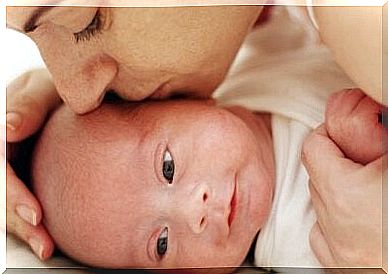
What is the maternity period?
The maternity period starts after the delivery of your child. It is the period that begins with the end of labor. This period continues until the genitals are restored and the menstrual cycle has returned.
The duration of this period varies from 6 to 8 weeks and is also called puerperium. The period is divided into three phases. The first stage is called the immediate puerperium and covers the first two hours after delivery.
The second stage is known as the intermediate or secondary puerperium. It consists of the first 10 days after delivery. The final stage, known as late puerperium, is completed when the woman has her first menstrual period after childbirth.
Sometimes this last phase starts later. In some cases it can take up to 6 months before this last phase starts, especially if the woman is breast-feeding.
In this final stage of the puerperium, the new mother must be monitored and supervised by midwives – sometimes primary care nurses. This is important to monitor and evaluate postpartum recovery.
There is more to this stage of labour
After delivery, a bleeding called “lochia” or postpartum bleeding occurs. It is similar to menstrual bleeding and is abundant at first but diminishes as the days go by.
In addition , minor discomforts may arise, such as pain in the perineal area, the area between the vagina and the anus. This is especially true if the mother had stitches because she was cut or from other injuries during labour.
New mothers may also experience a feeling of fatigue and exhaustion. This can be relieved with adequate rest.
Also, new mothers can suffer from abdominal pain. That is due to the contraction of the uterus to reduce itself to its original size.
Some mothers feel better after secreting oxytocin during breastfeeding. In some cases, painkillers can be helpful to relieve discomfort.
Try to be relaxed and gradually adjust to the new situation after the birth of your child after this stage of labor.


